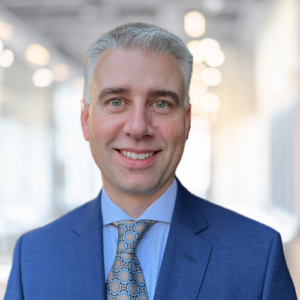Investing more effectively would put her 30% ahead of her goal, instead of 20% behind, and she could retire earlier, too.
Anne-Marie* recently sat down with her banking adviser and received a gut punch. Her expectation to retire comfortably at 65 — seven years from now — likely won’t happen. Her current investments simply won’t get her to the magic $1 million that she, and just about everyone else, seems to believe is necessary to leave work behind and enjoy the life she has worked so hard to achieve.
On the plus side, she owns a $1.2-million home and is debt-free. She has $230,000 in registered retirement savings plans (RRSPs), $75,000 in a tax-free savings account (TFSA), $365,000 in non-registered savings and $30,000 in an emergency fund.
Both the RRSP and non-registered accounts are a mix of growth, balanced and dividend funds, but the non-registered account also has a utilities market-linked guaranteed investment certificate (GIC), which is now expected to pay off just the guaranteed interest, and a GIC paying 4.25 per cent that matures in 2025.
The TFSA is in a market-linked GIC paying at least 4.1 per cent that matures next month. She wonders what she should do with the TFSA now that the market has stalled. Anne-Marie also may receive a potential inheritance of maximum $133,000 at some point in the future.
Her current monthly expenses are about $4,825 including $600 she contributes to her RRSP. She does not have life insurance.
Before hearing from her banking adviser, she had hoped (and would still like) to retire earlier than 65, but definitely not later. She wants to continue her active lifestyle in retirement, which includes annual vacations (about $5,000), “and wouldn’t it be nice,” she said, “to be able to splurge on a great bottle of wine every now and then.”
What the experts say
“With savings in both registered accounts, non-registered, no debts and significant home equity, Anne-Marie has options,” Eliott Einarson, a retirement planner with Ottawa-based Exponent Investment Management, said.
Step one is to get a financial plan focusing on her retirement income. Her retirement plan will provide the clarity she needs to outline her future income from all sources and asset values over her lifetime as well as guide her investment decisions. It will also ensure her portfolio is driven by income planning rather than just a collection of products.
“I think she can have the comfortable retirement she wants in the future if she gets the right advice,” Einarson said.
As for that magic $1-million target? This is the amount advisers that don’t do retirement planning often use, Ed Rempel, a fee-for-service financial planner, tax accountant and blogger, said.
“A million dollars may sound like a lot of money, but it can give you $30,000 to $40,000 a year income — that’s it. For Anne-Marie to retire at 65 and maintain her current lifestyle, she will need about $1.25 million,” he said. “She is projected to have about $975,000, so she is 21 per cent short of her goal. Her investments can probably be expected to average returns of about five per cent per year long term.”
I think she can have the comfortable retirement she wants in the future if she gets the right advice
ELIOTT EINARSON, RETIREMENT PLANNER
Rempel offers three paths forward: retire on $8,000 per year less per year for life; work three more years to age 68; or invest more effectively.
The third option could allow her to retire comfortably at 65, or even at age 63, depending on the investments, he said.
“If she invested for growth in a global or U.S. equity portfolio averaging eight per cent per year long term, then she only needs $950,000 and she is projected to have $1.2 million,” he said. “Just investing more effectively means she is 30 per cent ahead of her goal, instead of 20 per cent behind, and could retire two years earlier.”
Einarson offers two more options to retire at or before age 65.
“Using a portion of her home equity at some point would be a game changer for her income plan,” he said. “Or she could take more from her accounts early on, not being afraid to dip judiciously into her investment capital, knowing that her Old Age Security and Canada Pension Plan would come at 65.”
As for saving for her children’s education, Einarson recommends doubling up RESP contributions to take advantage of the free government grant money if they can afford it.
“Any shortfalls can fall to the kids,” he said.
Rempel agrees. “By maximizing RESP contributions, the funds should be able to cover tuition. The children can live at home and earn enough to pay for commuting and spending money, or they can get a student loan and pay it off as slowly as possible after they have their degree. Either option teaches them money skills, which studies show is much more impactful than giving them money.”
* Name has been changed to protect privacy.






